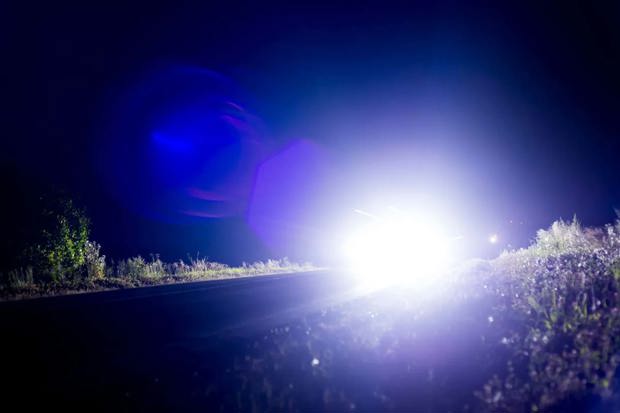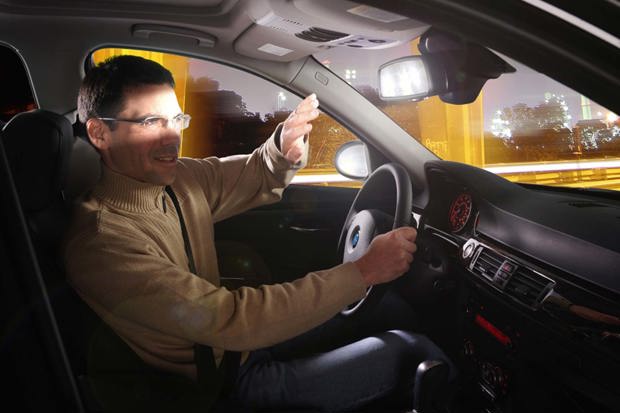Modern car headlights slammed for dazzling drivers

Dangerous headlight dazzle from ultra-bright modern car headlights is putting motorists at risk – and even forcing some to stop driving at night, a new report has revealed.
Provocatively titled ‘Modern vehicle headlights dazzle drivers and may compromise road safety’, the report was produced by a group of experts and chaired by Baroness Hayter.
Contributors included IAM RoadSmart, lighting charity LightAware and the RAC.
The issue concerns the latest LED headlights fitted to most modern cars. They are much brighter than traditional halogen headlights – and a survey by the RAC found that 89% of drivers think they are now too bright.
What’s more, 88% say they have been dazzled by modern car headlights, and almost 2 in 3 motorists believe the problem is getting worse.
Indeed, a paper in The College of Optometrists’ professional journal reports opticians are seeing a growing number of patients giving up driving at night due to headlight dazzle.
It’s not just UK motorists that are affected, either. Research in the US shows that 15% of accidents are caused by glare from headlights.
"Put simply, new technology’s innovative headlights, which might illuminate the road for the person behind the wheel, are a menace for on-coming vehicles or pedestrians," says Baroness Hayter.
"Yet our government is deaf to the issue," she adds.

What is causing modern car headlights to be so dazzling? Experts blame both the fact LED lights are so much brighter, while their bluer spectrum disables night-adapted vision to a greater extent than the yellower hue of older halogen headlights.
"Many modern headlights are incompatible with dark-adapted human eyesight, particularly for older drivers," explains Dr John Lincoln of LightAware.
"They are too bright, too blue and are blinding over too long a distance. Regulation is required to cut the risk of accidents and reduce driver fatigue."
Miniaturising LED light sources and projecting light beams directly on the eye instead of being diffused by mirror refraction, are also cited as factors.
"Vehicle headlight design needs a rethink," suggests the report.
The growth of SUVs, which are higher off the ground, is compounding the problem further – particularly in built up areas, where ‘sleeping policemen’ cause an oncoming car to suddenly angle upwards.
Meanwhile, auto-dip headlight tech means vehicles can suddenly appear around a bend in country lanes with headlights blazing on full beam "before its supposedly clever computer has dipped or angled the headlight," according to the report.

The report is calling for Ministers to recognise the problem, undertake research and then use the results to set standards for brightness and blue light emissions.
It is also asking to bring together manufacturers, optometrists, drivers, standard setters, transport research experts, insurers, MoT testers and lighting specialists from the UK and beyond, to work with EU and other standard setters to reduce "this modern-day menace."
"Let’s not wait for an accident caused by an on-coming car to realise that some of today’s headlights are not fit for purpose, given the dazzle they cause other road users," says the report.
The RAC adds that there is a good argument for independent research to be commissioned that gets to the root causes of headlight glare.
The report now wants the National Institute for Health Protection to look into how vehicle lighting is causing discomfort in drivers – and use the results to impose standards for brightness, glare, flicker and colour temperature for vehicle headlights.
Legal limits should also be set for the amount of blue light vehicle headlights can have in their spectrum, and guidance should be provided for MoT tests in recognising inappropriate aftermarket LED bulbs.
My Toyota Auris has weak headlights, what can I do?


